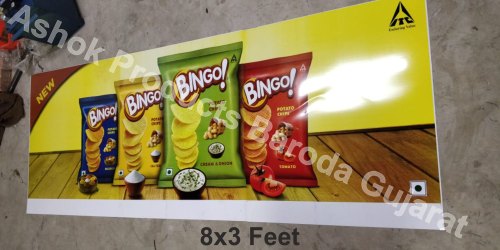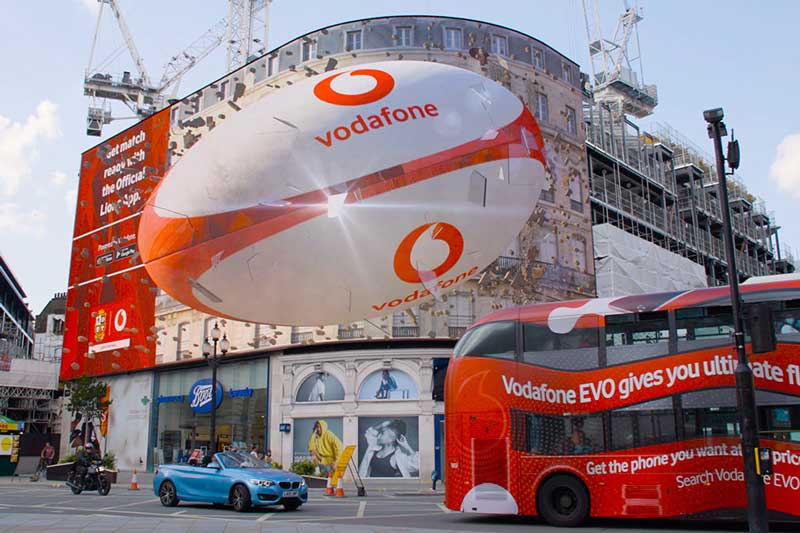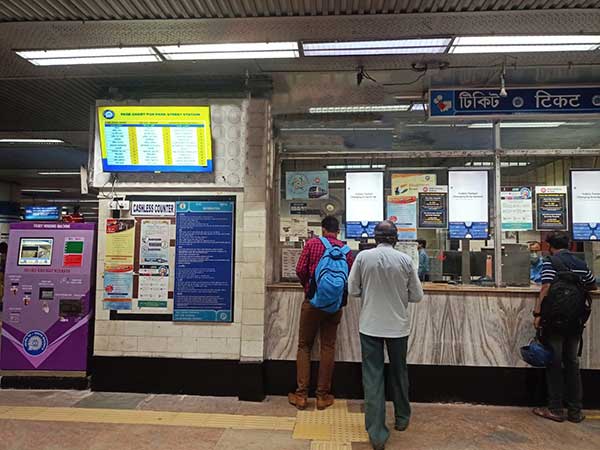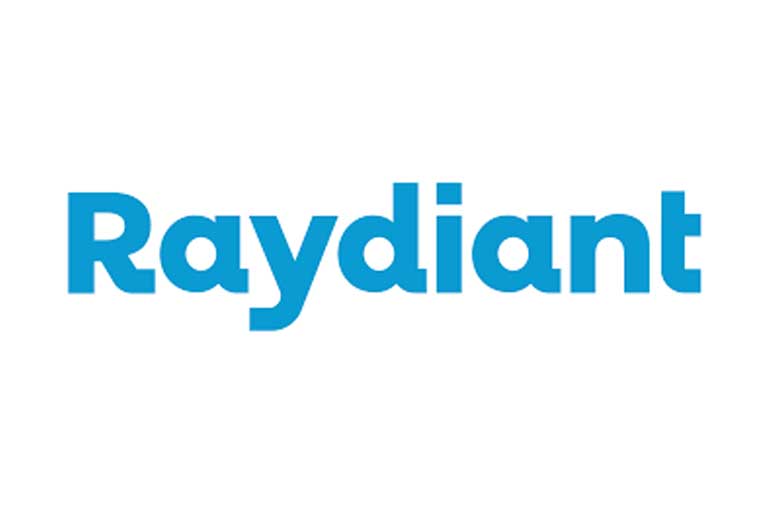Deloitte Digital has collaborated with Market Gravity and installed a digital out-of-home campaign at London City Airport. The advertising DOOH consisted of gaze-tracking technology in order to measure engagement with the information which was put on display.
The company has started marketing services to compete with rivals including Accenture along with conventional advertising groups such as WPP.
Deloitte Digital took over London-based design firm Market Gravity along with ad agencies Acne and Heat in the last year as per reports.
Nick Sherrard, managing director at Market Gravity, said: “If you’re a regular flyer through London City, you wouldn’t actually notice any difference; the screen has stayed exactly the same, but what we’ve added is gaze-tracking, so we can see what people interact with and what they pay attention to.”
This makes it feasible for the London City airport, Deloitte Digital and Market Gravity to test in real time and avail information as the process continues.
According to Sherrard this innovative campaign is very interesting considering London City Airport mainly due to the fact that it has people passing through every day who cannot be found in any other setting.
Glen Wilson, managing director at Posterscope, said: “Image recognition in all its forms – eye-tracking, gender, mood, number plate etc. – has been widely applied to DOOH for some time. It will continue to be an increasingly important technology in deriving human insights which, in turn, allow DOOH to work harder for advertisers, leveraging its inherent flexibility and agility to deliver more efficient and effective solutions.
These technologies lend themselves to any pedestrian environments, whether they are high streets, shopping malls or railway stations. In addition, number-plate recognition is also used to serve advertising to drivers of competitive brands, plus many other applications.”
Sally Emms, head of media sales at London City Airport, said: “We are embarking on a huge development programme at the airport and our media assets as a result of that will completely transform. What we’re hoping to do is use technology to put media assets into the terminal that will provide advertisers with an experience. By using data like this, they can understand exactly who is passing through the terminal at whatever point in time and what they’re most responsive to, making their media buying and creative use on those screens more beneficial for their brand messaging.”
The analysis finally revealed that people were engaged more when the surrounding was quieter while the engagement reduced when it was busy. The quiz style content performed best with engagement increasing by about 10%. This is the first time that a DOOH such as this has been implemented in an airport context.










